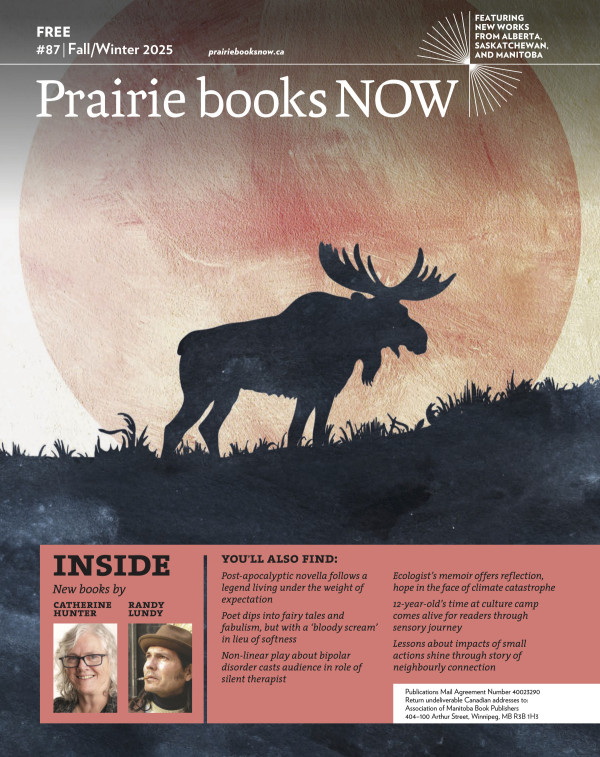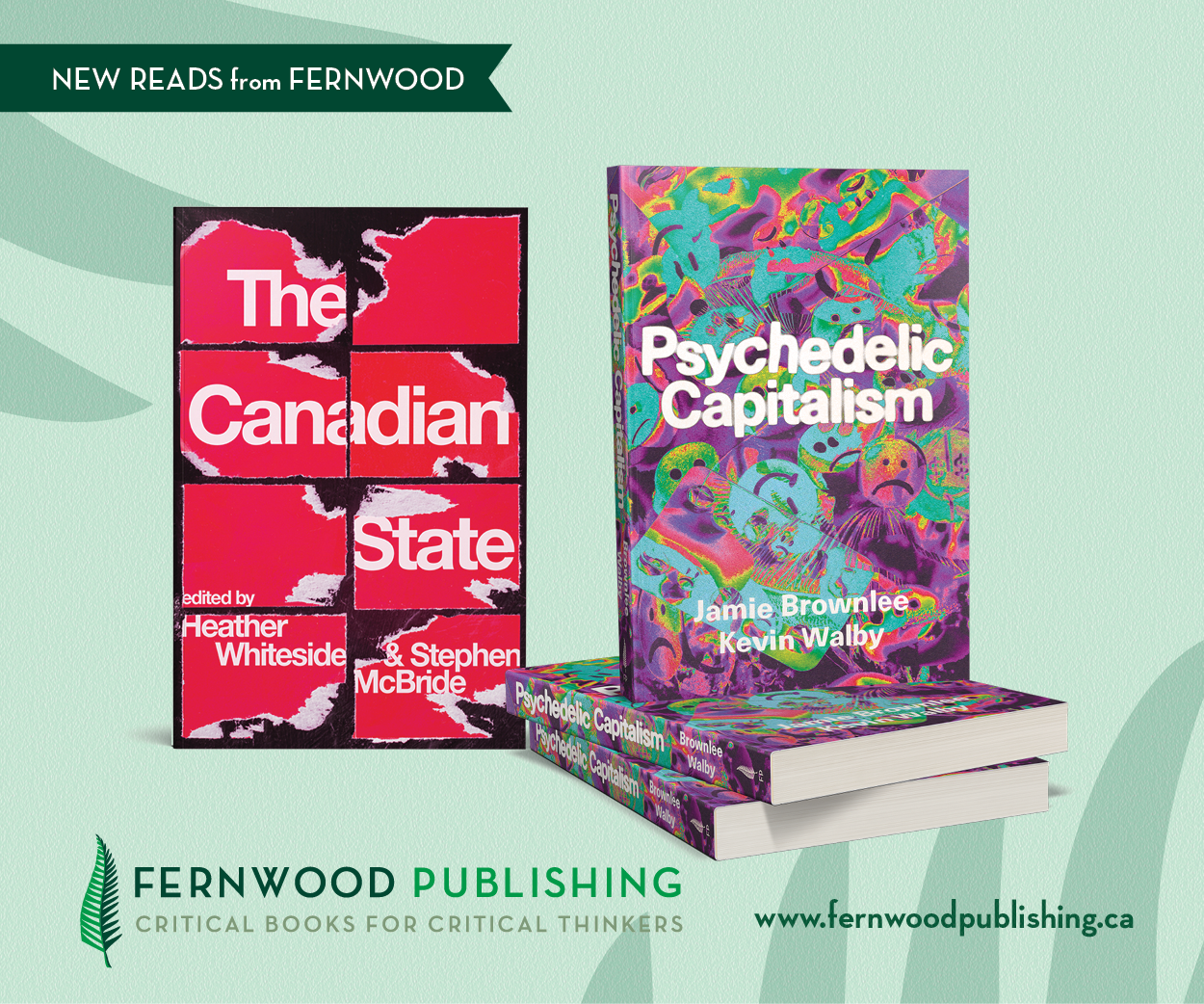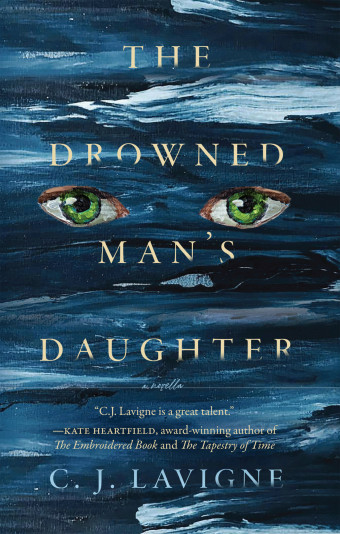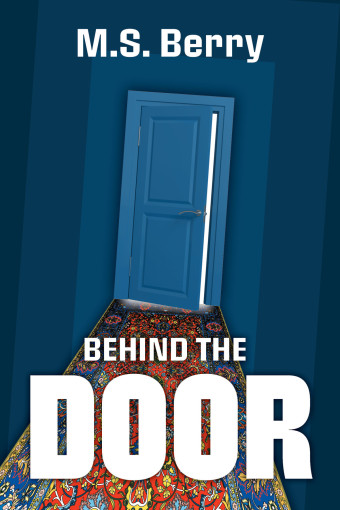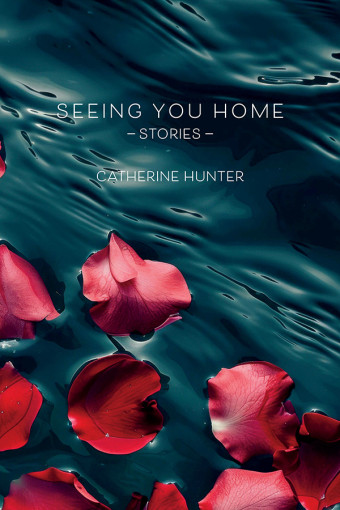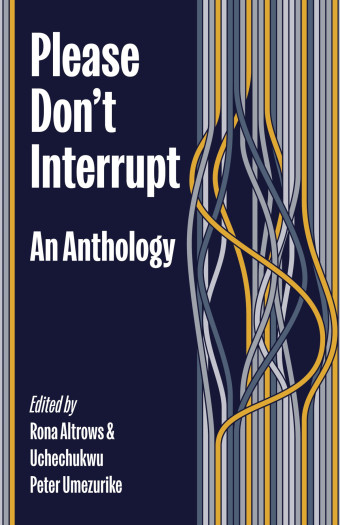Born and raised on the Swan River First Nation community in Northern Alberta, lifelong comics lover Christopher Twin noticed a lack in the type of stories out there – and decided to write those stories himself.

- Bad Medicine
- Christopher Twin
- Conundrum Press
- $20 Paperback, 116 pages
- ISBN: 978-17-72620-87-0
“I haven’t seen any graphic novels/comics in the horror genre that are written by or are about Indigenous people,” Twin shares. “I wanted to fill that void.”
Combining horror and Indigenous storytelling makes for an engaging bridge that will appeal to genre fans. Twin uses some tried-and-true horror tropes to explore a connection with traditional stories and current social issues. His debut graphic novel Bad Medicine frames the individual stories like urban legends, shared around the campfire by teenage friends, allowing for a modern perspective on sharing knowledge through story.
“I think the difference between urban legends and traditional knowledge sharing/storytelling is the meaning and purpose behind them. Cree people have a rich history of oral storytelling and shared knowledge and lessons through story. I think the trope of swapping campfire stories mixes well with those oral traditions,” says Twin.
This frame narrative of the group of teenagers around a campfire functions as its own story in the collection. And within that frame, each teen shares a grim tale featuring a series of evil or haunting happenings, each hoping to outdo the story that came before.
This frame of characters reciting separate tales is pulled directly from classic literature like Chaucer’s The Canterbury Tales, but also from modern horror favourites like Ghost Story by Peter Straub or The Midnight Club by Christopher Pike, which was recently adapted by horror guru Mike Flanaghan as a TV series on Netflix.
The creatures and happenings, while viewed through a modern lens, are all influenced by traditional Cree stories, myths, and legends. “I wanted a mixture of monsters from Cree myths and legends and stories of contemporary issues some Indigenous people face,” Twin notes.

One of the teens shares the story of Chad, whose boat is flipped by mischievous, child-sized figures. Their torment continues and Chad’s attempt to protect himself draws their wrath. Another features a young Indigenous woman lured into a vehicle during a snowstorm and then held captive. She is visited by the ghostly form of another woman – one who never escaped.
One story is told entirely without words, relying solely on the illustrations. “I think leaving the dialogue out allows the reader to fill in those gaps with their imagination and draws them further into that particular story,” Christopher says. “That story is told in a sort of comic montage. The feeling of those silent scenes is more important than the dialogue so I felt removing it was a more effective way to tell that story.”
Despite the grim subject matter, Twin hopes that the medium of the graphic novel along with the contemporary issues for Indigenous people will draw in a wide range of readers.
“I wanted the visuals and text to be balanced in a way that readers of most ages would be able to enjoy the book.”

